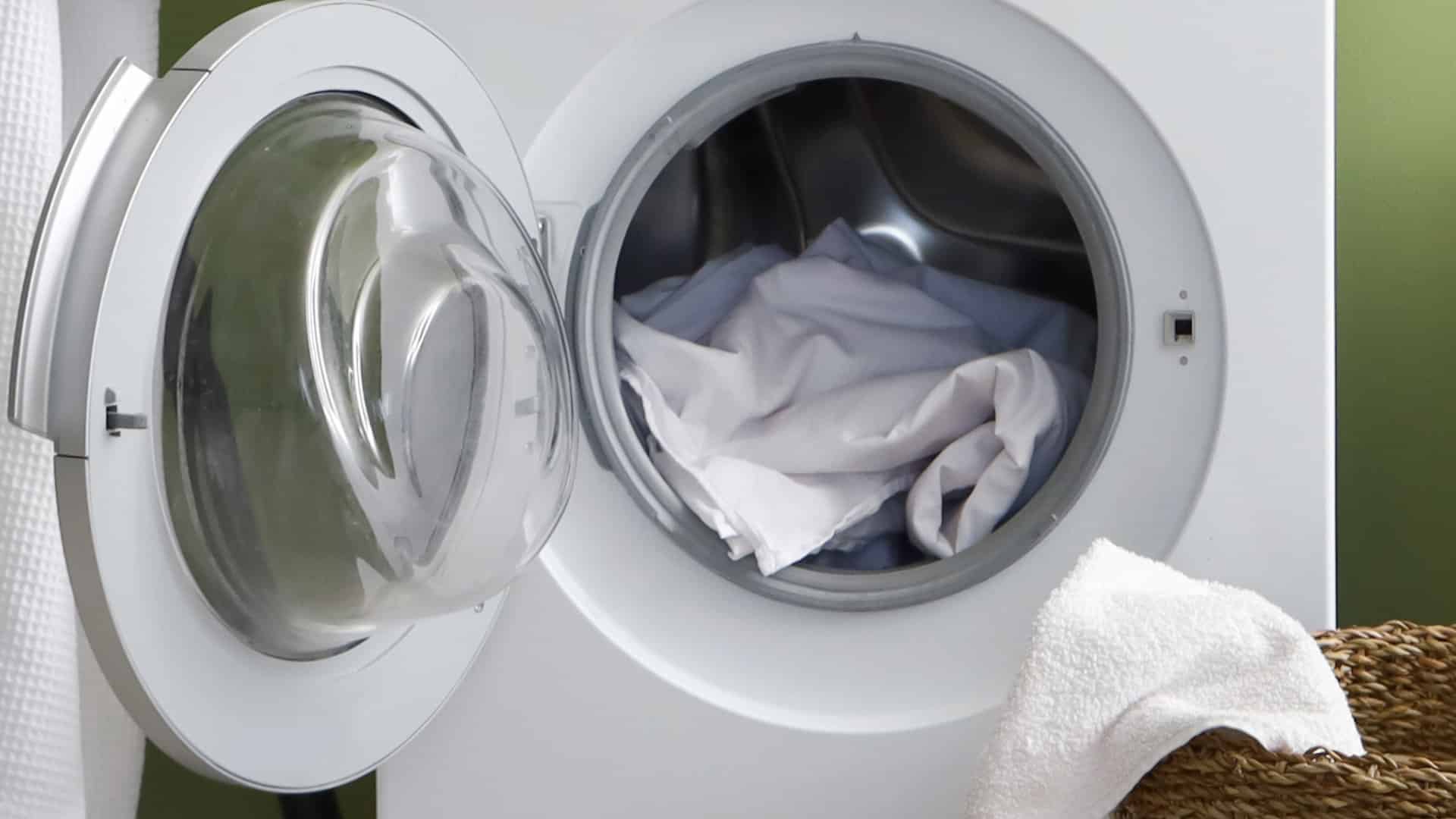The clothes moth (scientifically known as the Tineola bisselliella) is a destructive pest found throughout the world that feeds on fibers commonly used in the production of clothes, including cotton, linen, wool, silk and furs. Due to its unique feeding behavior, the clothes moth can literally destroy a person’s wardrobe, creating visibly large holes inside garments.
About The Clothes Moth
The female clothes moth typically lays her eggs in clusters of 30-200. These clusters contain a sticky exterior coating that adhered to garments and other surfaces. After a week, clothes moth eggs hatch into small caterpillars and begin their search for food.
The pupae tend to hide during the day and come out at night to feed, making them difficult to spot. When a clothes moth pupae finds a source of food, it will spin a silken tube so it can feast without being seen by potential predators. Only the pupae feeds on clothes; the adult receives all of its nutrition from the previous stages of its life cycle.
Check Your Garments For Damage
If you believe your clothes are at risk for moth damage, check them for signs of an infestation. Small holes as well as the presence of silken tubes are a common sign of a moth infestation. The silken tubes strung by the clothes moth pupae may also have small black specks of feces attached to it. A silken tube from a full-grown pupae is roughly 3/8 of an inch long.
Dry Cleaning
Due to its low humidity and high heat temperatures, dry cleaning is an effective method for exterminating clothes moths. Regardless of its life cycle stage, this will kill both pupae and adult clothes moths. The only downside is the high cost of dry cleaning, which can range from $2-$30 per garment.
Wash In Hot Water
According to an article published by the Agriculture and Natural Resources, University of California, washing clothes for 20-30 minutes in water that’s 120 degrees Fahrenheit or warmer will kill moths. Of course, you shouldn’t wash wool garments in hot water, as this may damage the delicate fabric.
Vacuum Your Floors
Treating your clothes is only one step in the process of eradicating moths from your home. The second step involves cleaning and vacuuming your floors. The clothes moth prefers to hide in the carpet and around baseboard, so keep your floors vacuumed. When you are finished vacuuming, transfer the contents into a trash bag immediately.

Whirlpool Washer Error Codes Explained

How to Wash a Hat in the Dishwasher (In 5 Steps)

How to Fix the nF Error Code on a Samsung Washer

Kenmore Elite Dryer Issues: How To Troubleshoot

Microwave vs. Oven: Pros and Cons and How They Differ

Self-Cleaning Oven Smell: Causes & Odor Reduction Tips

Frigidaire Ice Maker Not Working? 7 Ways to Fix It

Why Is Your LG Refrigerator Not Cooling? (9 Common Reasons)

GE Oven F2 Error: Causes & Solutions







